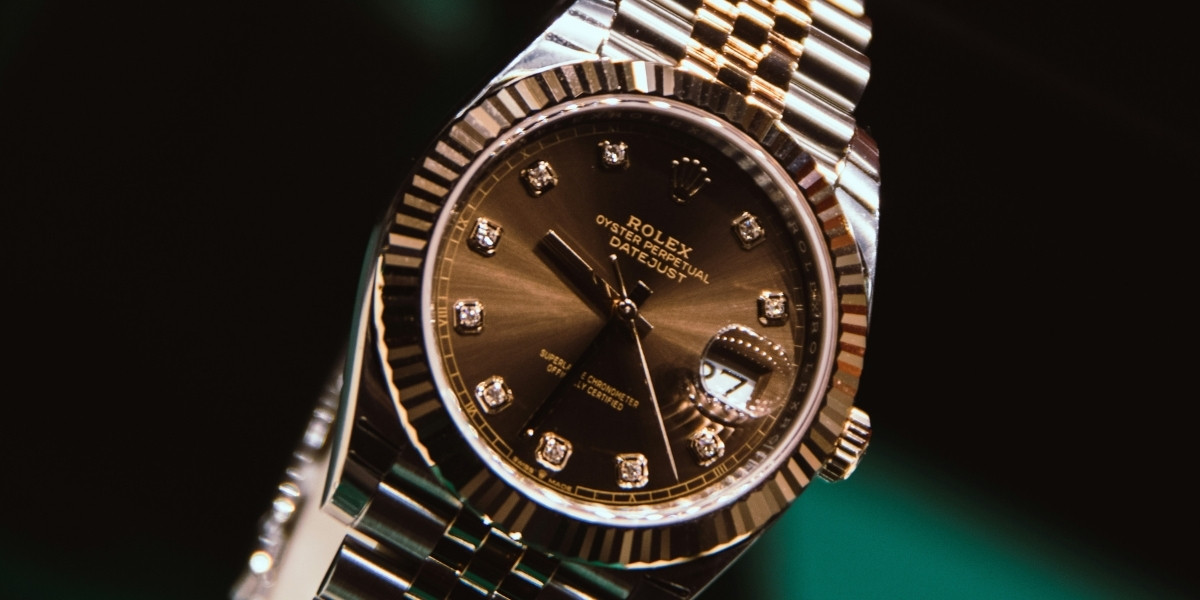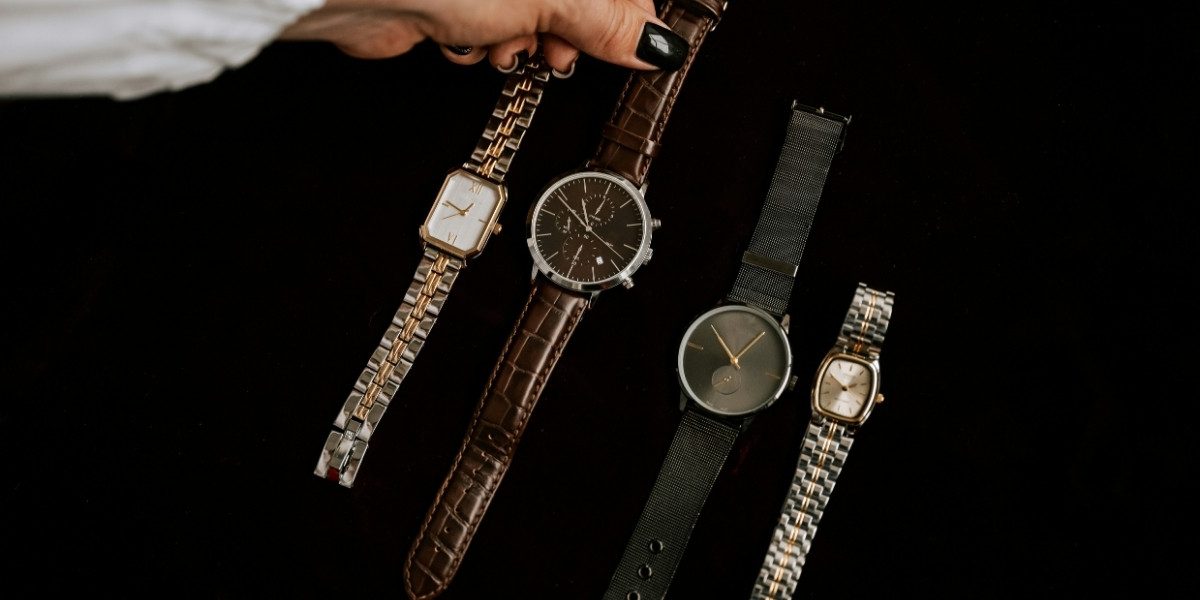The world of horology consistently places Swiss watches at the pinnacle of craftsmanship, accuracy, and enduring value. This designation is more than just a label of origin; it signifies a legacy of precision engineering, meticulous attention to detail, and a commitment to quality that has been honed over centuries. From the intricate gears within a mechanical movement to the flawless finish of a polished case, every component of a watch from this renowned country is a testament to a unique blend of tradition and innovation. This unwavering dedication sets them apart in a global market teeming with timekeeping devices.
The reputation of these exceptional timepieces is built upon a foundation of unparalleled expertise. Generations of master watchmakers have passed down their specialized knowledge and skills, cultivating a culture where the pursuit of perfection is deeply ingrained. This heritage encompasses not only the complex mechanics of timekeeping but also the artistic elements of design and finishing. The result is a product that transcends mere functionality, becoming a wearable work of art that embodies both technical brilliance and timeless elegance, appealing to collectors and enthusiasts worldwide.
In essence, a watch crafted in Switzerland is not simply an instrument for telling time; it is a symbol of status, an investment in enduring quality, and a piece of history on the wrist. The meticulous manufacturing processes, rigorous testing standards, and the collective expertise of an entire industry contribute to their revered status. This combination of factors ensures that these timepieces not only perform with remarkable accuracy but also retain their beauty and value for generations, solidifying their position as truly exceptional objects in the realm of fine craftsmanship.
What Defines a “Swiss Made” Watch?
The designation “Swiss Made” is a legally protected trademark, signifying a set of strict criteria that a watch must meet to bear this prestigious label. Primarily, a significant portion of the manufacturing costs, at least 60%, must be incurred in Switzerland. This includes the cost of materials, labor, and other manufacturing expenses, ensuring a substantial investment in the country’s renowned production capabilities. This financial threshold helps to maintain a high level of local production and expertise, directly supporting the Swiss watchmaking industry.
Critical stages of a watch’s production must take place within Switzerland. The watch movement, the intricate heart of the timepiece, must be a Swiss movement. This means that at least 60% of its manufacturing costs must be generated in Switzerland, and it must be assembled and undergo final inspection within the country. Additionally, the watch itself must be cased up in Switzerland, and its final inspection must be conducted by the manufacturer within Swiss borders. These stringent requirements ensure that the core technical and assembly processes are firmly rooted in Switzerland, upholding its reputation for precision.

Photo Credit: Unsplash.com
The “Swiss Made” standard extends beyond just cost and assembly; it also encompasses the technical development of the watch. For both mechanical and non-mechanical timepieces, the mechanical construction and prototyping of the entire watch must be carried out in Switzerland. This emphasizes that the innovative design and engineering, not just the assembly, are deeply connected to Swiss expertise. These regulations collectively guarantee that when someone acquires a “Swiss Made” watch, they are obtaining a product that is predominantly conceived, manufactured, and finished in the country synonymous with horological excellence.
How Does Precision Engineering Elevate a Swiss Watch?
The unparalleled precision of a Swiss watch is a direct result of centuries of dedication to micro-engineering and an obsession with accuracy. At the heart of every mechanical timepiece from Switzerland lies a complex movement, comprising hundreds of tiny, meticulously crafted components. Each gear, spring, lever, and jewel is manufactured to incredibly tight tolerances, often measured in microns. This exacting precision in component production minimizes friction and wear, ensuring that the movement operates with remarkable efficiency and consistency, allowing the watch to keep time with minimal deviation.
Beyond the individual components, the artistry of assembling these delicate parts contributes significantly to a watch’s accuracy. Skilled watchmakers, often trained through rigorous apprenticeships and specialized schools in Switzerland, meticulously hand-assemble movements. This human touch allows for precise adjustments and fine-tuning that automated processes cannot replicate, ensuring that each watch movement performs optimally. The integration of traditional techniques with modern manufacturing capabilities creates a harmonious balance, yielding a level of precision that is a hallmark of Swiss horology.
Many high-end Swiss watches undergo independent certification processes, such as those by the Official Swiss Chronometer Testing Institute (COSC) or the more comprehensive METAS Master Chronometer certification. These tests subject the watch movement or the complete watch to various temperatures, positions, and magnetic field exposures over several days to ensure their accuracy falls within extremely narrow tolerances, typically within a few seconds per day. This rigorous external validation provides objective proof of the exceptional precision engineered into every certified timepiece from this country, solidifying their reputation for reliable timekeeping.
What Is the Enduring Legacy of Swiss Watchmaking?
The legacy of Swiss watchmaking stretches back centuries, evolving from the skilled craftsmanship of early clockmakers and jewelers who found refuge in Geneva during the 16th century. Driven by strict religious codes that discouraged ostentatious jewelry, these artisans channeled their talents into creating intricate timekeeping devices. This early convergence of artistry and mechanical ingenuity laid the foundational principles for what would become a global industry. From Geneva, watchmaking spread across the Jura mountains, transforming rural areas into vibrant centers of horological production, establishing a tradition of precision that continues to this day.

Photo Credit: Unsplash.com
Throughout its history, the Swiss watch industry has faced and overcome numerous challenges, including the “quartz crisis” of the 1970s and 1980s, when inexpensive, battery-powered quartz watches from Asia threatened to dismantle the traditional mechanical industry. However, by strategically repositioning mechanical timepieces as luxury items, focusing on their heritage, craftsmanship, and intricate movements, the industry not only survived but thrived. This resilience and adaptability in the face of disruptive technologies underscored their ability to innovate while preserving their core values, securing their place in the luxury market.
Today, the enduring legacy of Swiss watchmaking is evident in its continued global dominance in the luxury segment and its commitment to passing down knowledge to new generations. Institutions like WOSTEP (Watchmakers of Switzerland Training and Educational Program) ensure that traditional skills and cutting-edge techniques are taught, preserving the art and science of horology. This continuous investment in education and innovation ensures that the prestige associated with a Swiss product is not just a relic of the past, but a living tradition that guarantees continued excellence and relevance in the ever-evolving world of timekeeping.
Why Do Swiss Made Watches Retain Their Value?
Swiss watches are renowned for their exceptional value retention, often appreciating over time, a characteristic that sets them apart from most consumer goods. This phenomenon is largely attributable to the extraordinary quality of materials and craftsmanship that goes into each timepiece. Manufacturers utilize only the finest metals, such as high-grade stainless steel, gold, and platinum, along with durable crystals like sapphire. The meticulous hand-finishing of components, from tiny gears to intricate dials, ensures longevity and a timeless aesthetic, making these watches built to last not just years, but generations.
Read Also: Exploring the Allure of Switzerland: A Premier Travel Destination
Beyond material quality, the scarcity and brand heritage of many timepieces from Switzerland play a crucial role in their ability to hold or increase in value. Many prestigious Swiss brands produce limited quantities of their most sought-after models, creating exclusivity and high demand among collectors. The storied history and established reputation of brands like Rolex, Patek Philippe, and Audemars Piguet cultivate immense desirability. Collectors are often willing to pay premiums for models from brands with a proven track record of innovation, design excellence, and consistent quality, recognizing their intrinsic worth beyond mere timekeeping.
The servicing and repairability of Swiss mechanical watches contribute significantly to their long-term value. Unlike many mass-produced items, high-end timepieces from Switzerland are designed to be serviced, repaired, and restored by skilled technicians for decades. This ensures that a watch can continue to function flawlessly and maintain its appearance even after many years of wear. The availability of parts and the expertise to maintain these intricate machines provide a crucial layer of reassurance for owners, reinforcing their status as lasting investments rather than fleeting purchases in the dynamic world of luxury goods.






